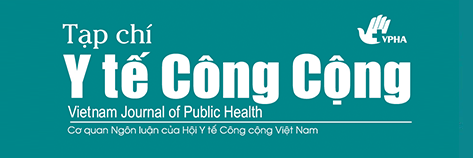Clinical and Laboratory Profile of Dengue Cases in a Tertiary Care Hospital of Bangladesh: An Archival Research
Abstract
Sumitted date: 25 Nov 2021
Accepted date: 15 Dec 2022
Background: Given the increase in the dengue fever incidence in recent years in Bangladesh, and the absence of specific treatment, it is essential to examine the risk factors that contribute to its severity in Bangladesh. As such a study had never been undertaken, the aim of this research is to determine the percentage of patients with dengue severe form and the risk factors associated with this adverse disease progression.
Methods: This retrospective study was conducted in 2020 and involved the archival records of 257 patients whose Clinical Record Forms (CRFs) indicated that they had contracted dengue fever (as confirmed by their laboratory findings) during the July−September 2019 dengue outbreak in Dhaka. In accordance with Bangladesh's National Dengue Guidelines, individuals in whom severe plasma leakage, severe bleeding requiring intervention, and/or severe organ involvement was noted, were classified as having had severe dengue form.
Results: Severe dengue fever affected approximately 50% of the sample population of this study. Multivariate regression model indicated that its prevalence was greater among females (OR = 2.07, 95% CI = 1.16−3.74), as well as patients with joint pain (OR = 2.31, 95% CI = 1.34−3.99), bleeding history (OR = 2.71, 95% CI = 1.40−5.24), and a platelet count < 10,000/cumm (OR = 4.18, 95% CI = 1.41−12.41).
Conclusion: In the analyzed sample, dengue fever typically manifested as body aches, vomiting, and headache, as was more likely to progress to the severe form if a patient was female, had a history of bleeding, and had a platelet count below 10,000/cumm. These findings could help physicians manage severe dengue fever more promptly and effectively.



